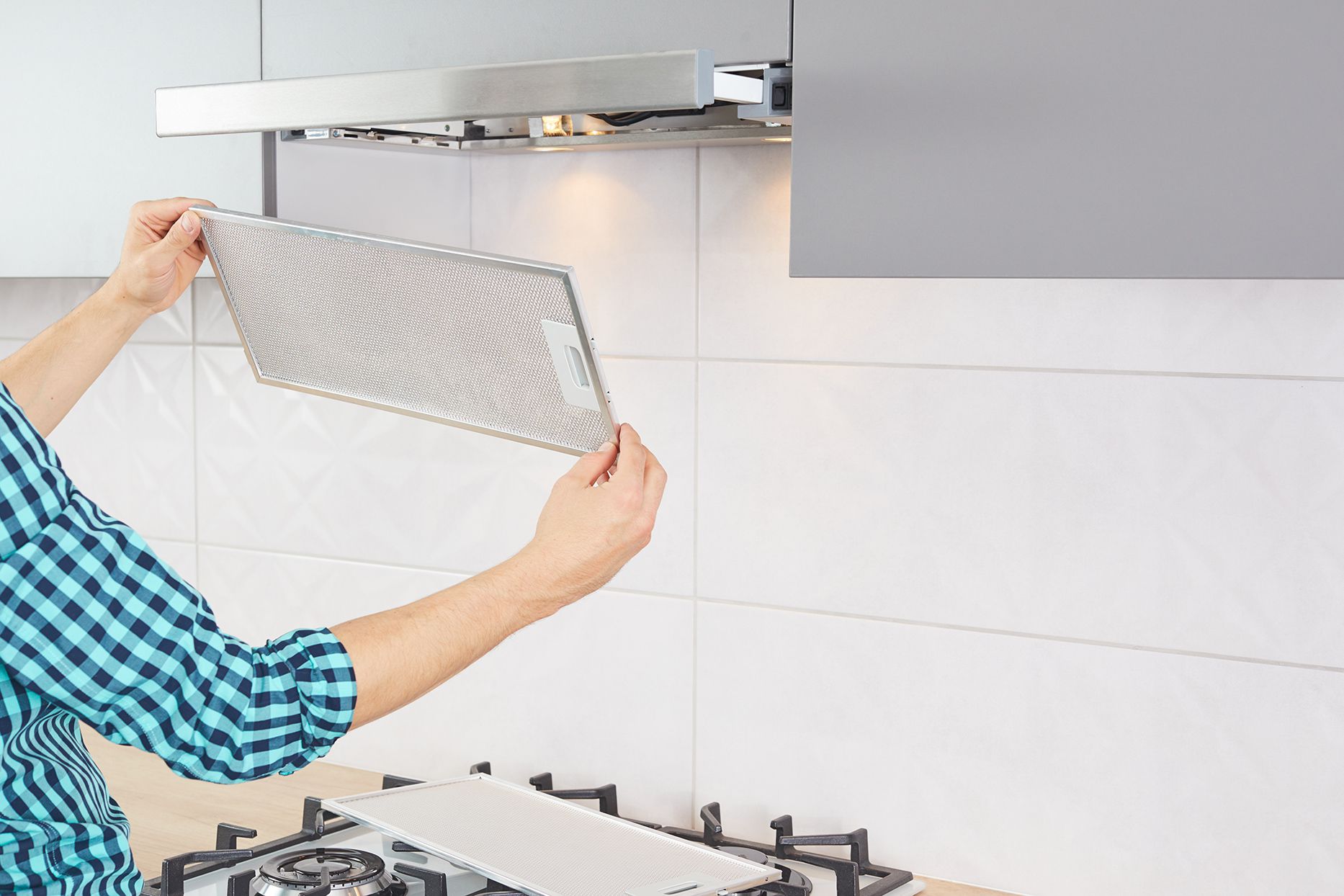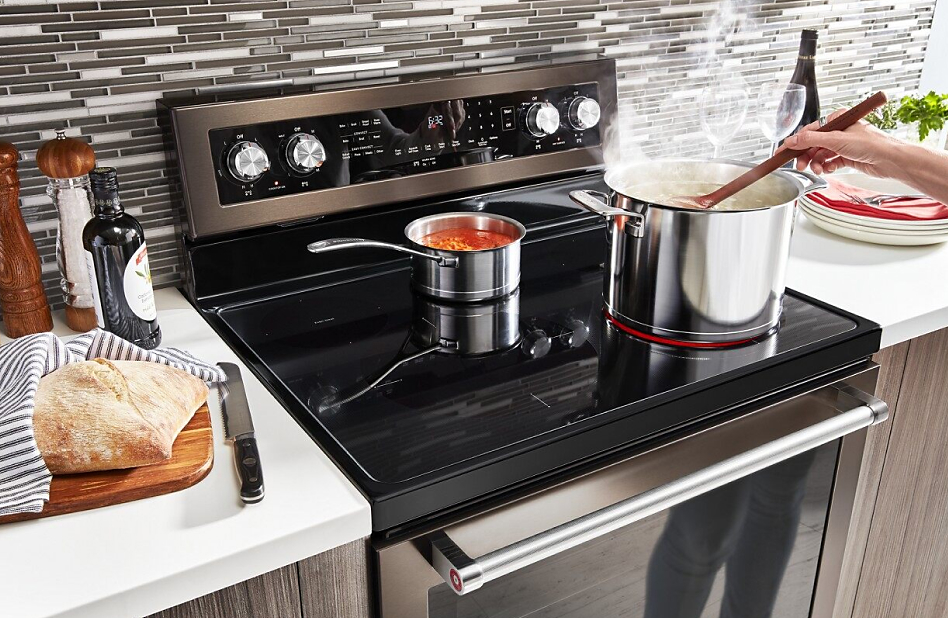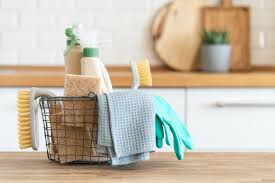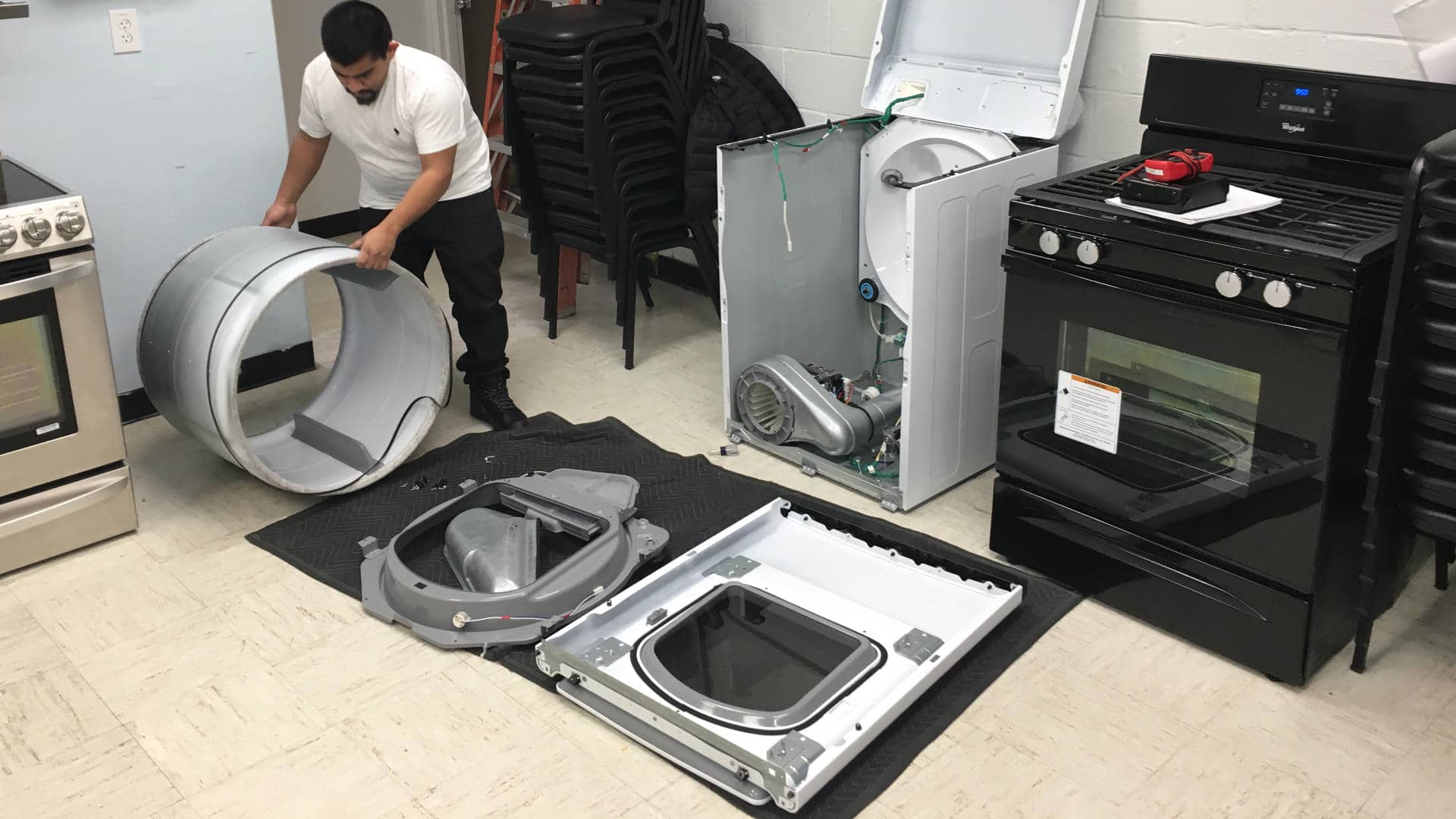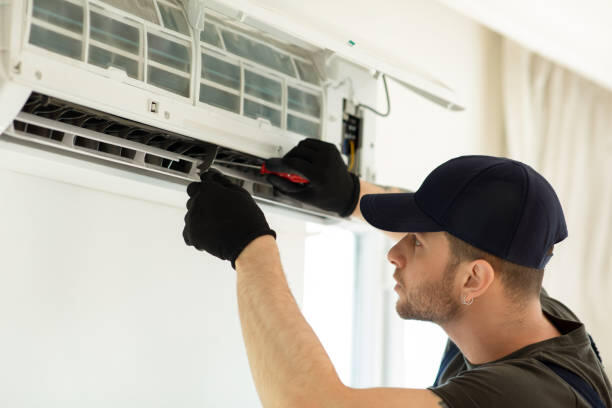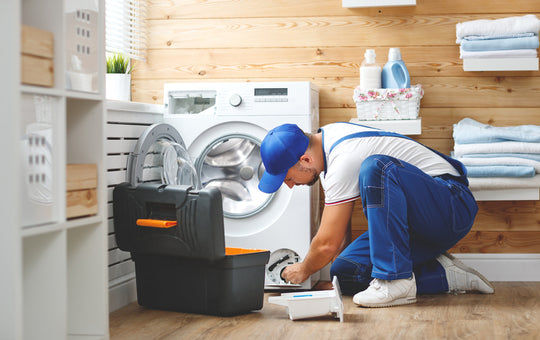How to Clean a Range Hood?
A clean range hood is not just about a polished kitchen appearance; it's a fundamental aspect of maintaining a healthy and functional cooking space. Beyond the visual appeal, regular efforts to "Clean a Range Hood" contribute to improved indoor air quality, ensuring that the air you breathe while cooking remains free from contaminants. Efficient ventilation enhances the appliance's performance, promoting energy efficiency and reducing fire hazards associated with grease buildup. In this exploration, we delve into the multifaceted benefits that extend beyond aesthetics, emphasizing the significance of a clean range hood for a safer, healthier, and more enjoyable culinary environment.
Understanding the Importance of Regular Range Hood Maintenance
Regular maintenance of your range hood is not just about aesthetics; it's a crucial aspect of ensuring optimal functionality and a healthy kitchen environment. When you clean a range hood routinely, you prevent the accumulation of grease, dust, and other residues that can compromise its performance.
The key to a well-functioning range hood lies in its ability to effectively capture and eliminate airborne particles and odors produced during cooking. Over time, the filters and vents can become clogged, hindering the appliance's efficiency. By incorporating "Clean a Range Hood" practices into your maintenance routine, you guarantee that the ventilation system operates at its best, maintaining a clean and healthy atmosphere in your kitchen.
Moreover, a clean range hood contributes to fire safety. Grease buildup in the hood and ducts poses a fire hazard. Regular cleaning removes this potential threat, providing you with peace of mind as you cook.
In conclusion, understanding the importance of regular range hood maintenance goes beyond a pristine appearance. It directly impacts the appliance's efficiency, extends its lifespan, and promotes a safe and healthy kitchen environment. Don't underestimate the power of a well-maintained range hood in enhancing both the functionality and safety of your kitchen
Essential Tools and Materials for a Thorough Range Hood Cleaning
Achieving a thorough range hood cleaning requires the right tools and materials to ensure efficiency and effectiveness. To "Clean a Range Hood" effectively, gather essential items such as a degreaser, warm water, a soft cloth or sponge, a bucket, and a screwdriver. These tools enable you to disassemble components for a more comprehensive cleaning process.
Start by removing the filters and any removable parts, soaking them in a mixture of warm water and degreaser. This breaks down grease and grime, making it easier to wipe away. Utilize the screwdriver to detach the hood if necessary, providing better access for a detailed cleaning.
A soft cloth or sponge is essential for scrubbing away stubborn residue without damaging the surfaces. Ensure the degreaser is suitable for your range hood material, whether it's stainless steel, aluminum, or another type. Thoroughly rinse and dry all components before reassembling the range hood.
Having these tools and materials at your disposal simplifies the cleaning process and ensures your range hood is not only visually appealing but also functioning optimally. Regularly employing these items in your cleaning routine contributes to the longevity of your range hood and the overall cleanliness of your kitchen.
Step-by-Step Guide: How to Clean Different Types of Range Hoods
Cleaning different types of range hoods might seem like a daunting task, but with a systematic approach, you can ensure a thorough and effective process to "Clean a Range Hood." Here's a step-by-step guide to help you navigate the nuances of various range hood designs:
Identify Your Range Hood Type
Before diving into the cleaning process, determine the type of range hood you have. Whether it's under-cabinet, wall-mounted, island, or downdraft, understanding the design will guide your cleaning strategy.
Turn Off the Power
Safety first. Before starting the cleaning process, disconnect the power to the range hood to avoid any electrical hazards. This is especially crucial if your range hood has built-in lighting.
Remove Filters and Parts
Depending on your range hood type, remove filters, baffles, or other removable components. These parts often accumulate grease and require thorough cleaning. Soak them in a mixture of warm water and degreaser.
Prepare Your Cleaning Solution
Create a cleaning solution by mixing warm water with a mild degreasing detergent. This solution is effective for breaking down grease and grime without damaging the range hood surfaces.
Scrub and Wipe Surfaces
With a soft cloth or sponge, dip into the cleaning solution and scrub the surfaces of the range hood. Pay attention to corners, edges, and any textured areas where grease may accumulate.
Clean Ventilation Ducts
For ducted range hoods, inspect and clean the ventilation ducts if accessible. A vacuum or a long brush can be helpful for removing dust and debris.
Inspect and Tighten Screws
Check for any loose screws or components during the cleaning process. Tighten them as needed to ensure the range hood is structurally sound.
Dry and Reassemble
Once all components are clean, thoroughly dry them before reassembly. Ensure everything is securely in place before restoring power to the range hood.
Test the Range Hood
After cleaning and reassembly, turn on the range hood to test its functionality. Confirm that the fan and lighting, if applicable, are working correctly.
Establish a Regular Cleaning Schedule
To maintain a clean and efficient range hood, establish a regular cleaning schedule based on your cooking frequency. This proactive approach prevents excessive buildup and ensures optimal performance.
By following these steps tailored to different range hood types, you can keep your kitchen environment clean, safe, and your range hood functioning effectively. Regularly incorporating these practices into your cleaning routine will contribute to the longevity and performance of your range hood.
Common Mistakes to Avoid During Range Hood Cleaning
Avoiding common mistakes during the process to "Clean a Range Hood" is essential for maintaining its functionality and appearance. One frequent error is neglecting to turn off the power before cleaning. Ensure safety by disconnecting the range hood from the power source to prevent electrical accidents.
Another mistake is using abrasive materials or harsh chemicals. These can damage the surface of your range hood, especially if it's made of stainless steel or other sensitive materials. Instead, opt for a mild degreasing detergent and a soft cloth to preserve the integrity of the surfaces.
Neglecting the ventilation system is also a common oversight. Failing to clean the ducts and vents can impede the range hood's efficiency. Incorporate thorough duct cleaning into your routine to ensure optimal performance.
Lastly, rushing through the cleaning process without disassembling removable parts can result in incomplete cleaning. Take the time to remove filters and baffles, soaking them in a cleaning solution, and scrubbing away accumulated grime. This meticulous approach ensures a more effective and comprehensive cleaning, contributing to the longevity of your range hood.
Benefits of a Clean Range Hood: Beyond Aesthetics
Beyond enhancing the aesthetics of your kitchen, the benefits of regularly cleaning a range hood extend to its functionality and the overall health of your cooking space. When you "Clean a Range Hood" systematically, you ensure the efficient removal of airborne particles, grease, and odors produced during cooking.
A clean range hood contributes to a healthier indoor air quality by preventing the buildup of contaminants that can circulate in your kitchen. This is particularly important as cooking releases various particles that, if not properly ventilated, can affect respiratory health over time.
Moreover, a well-maintained range hood operates more efficiently. Unclogged filters and vents allow the appliance to capture and eliminate cooking byproducts effectively. This not only enhances the performance of the range hood but also contributes to energy efficiency.
Additionally, a clean range hood is a safer range hood. Reduced grease buildup lowers the risk of fire hazards, providing an added layer of safety in your kitchen. Regular cleaning also helps maintain the structural integrity of the appliance, prolonging its lifespan and saving you from potential repair costs.
In conclusion, the benefits of a clean range hood extend far beyond surface aesthetics. It ensures a healthier kitchen environment, improves energy efficiency, and enhances overall safety. By incorporating regular cleaning into your kitchen maintenance routine, you not only preserve the longevity of your range hood but also create a safer and more pleasant cooking space.
